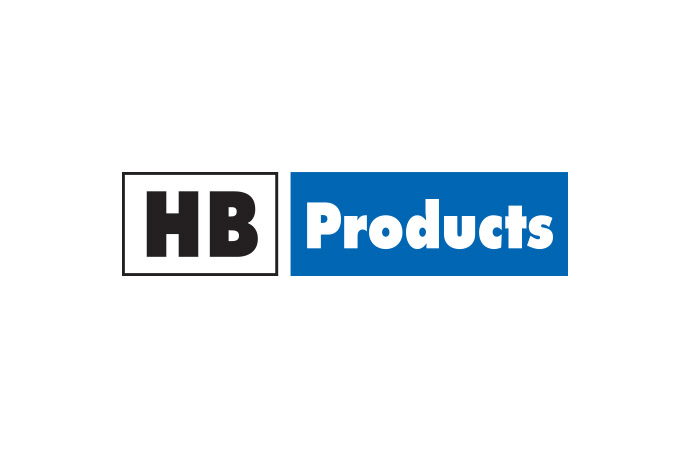In 2011 several large cold storage and distirbution facilities around the world installed ammonia refrigeration systems. Investors in these facilities believe ammonia-based refrigeration systems are more environmentally friendly and energy-efficient than other refrigerants. In North America some of the latest facilities using ammonia refrigeration have achieved the LEED Gold certification, whilst in the UK an ammonia facility is aiming for an “excellent” BREEAM rating.

North American ammonia cold storage facilities receive LEED certification
The demand for convenience foods has resulted in the construction of millions of square meters of both public and private cold storage facilities around the world. In these facilities, the freezers and coolers more often than not use ammonia refrigeration systems to control temperatures within the spaces to maintain product quality and freshness.
In recent years, facilities adopting ammonia refrigeration have begun to receive the recognition of U.S. Green Building Council (USGBC), the leading evaluator of environmentally sustainable buildings in U.S. In North America, Canada’s first refrigerated distribution centre with ammonia coolant in its mechanical room in Québec was recognized by the USGBC with the LEED Gold certification. United Natural Foods’s four distribution centers in Washington, New York, Providence and Lancaster also achieved LEED Gold and Silver certifications.
Largest US cold storage distribution center
Also in the US, AM King began construction of the largest cold storage distribution center in the country. The new 840,000-square-foot climate controlled food distribution facility will be located on a 46-acre Brownfield site, in Black Mountain, North Carolina.
Also in the US, AM King began construction of the largest cold storage distribution center in the country. The new 840,000-square-foot climate controlled food distribution facility will be located on a 46-acre Brownfield site, in Black Mountain, North Carolina.
The facility consists of 770,000 square feet of cooler and freezing space with temperatures ranging from 55° to -20°, a 20,000-square-foot ice facility and a three-story, 45,000-square-foot Class A office space. The facility will also contain a refrigeration engine room that houses a cutting-edge, 2700-ton, ammonia refrigeration system.
The distribution center’s climate controlled space includes over 20,000 product storage rack positions, 11 banana ripening rooms, and 84 dock stations with full vertical levers. Future plans for the facility include an ice plant that will provide 75-tons of ice per day.
UK ammonia distribution centre aims for “Excellent” BREEAM rating
In the UK, Morrisons has invested £90 million (€108 million) to install frozen and chilled stores with ammonia refrigeration in its new regional distribution centre in Bridgewater. Service from the 767,500 sq ft facility will be scaled up over the next few months before becoming fully operational in the New Year. Once at capacity it will deliver goods to 65 stores in the South West and Wales. The facility sits on a site more than a mile long, and offers a number of environmental benefits. It is aiming for an “Excellent” BREEAM rating.
European investments in ammonia refrigeration
Agri-Norcold’s newly expanded facility in Denmark will also use ammonia refrigeration. The site in Vejen will be expanded with another 14, 400m2, and include 8.400m² of cold storage with mobile racking, a blast freezing area with 18 semiautomatic and full automatic freezers and an ammonia refrigeration system.
Other large European cold storage construction projects include Multifrozen’s, a subsidiary of Unilever, new cold storage facility in Veszprem in the North-Western Hungary, whilst the building of the largest Ukranian refrigeration complex for storage of fruits and vegetables will also commence this year. The warehouse will be built in Kherson, in the southwest of the country, and will have a capacity of 10.000 tons. The total cost of the project is estimated at approximately €5,6 million.
Ammonia refrigeration offers environmental benefits
The primary concern of facility owners using ammonia refrigeration is its reduced impact on the environment. Ammonia refrigeration systems can help reduce greenhouse gas emissions (GHG), improve service levels and enhance overall operating efficiencies. In addition, ammonia refrigeration systems are safe if operated and maintained correctly.
Background
LEED (Leadership in Energy and Environmental Design) is an internationally-recognized green building certification system that promotes sustainable building and development practices through a rating system administered by U.S. Green Building Council (USGBC), the leading evaluator of environmentally sustainable buildings in U.S. It recognizes environmental sustainability in different categories, such as building materials, energy efficiency, water savings and indoor environmental quality.
First launched in 1990 BREEAM is an environmental assessment method and rating system for buildings, and has certified over 200,000 buildings. A wide-ranging assessment, BREEAM uses recognised measures of performance relating to energy and water use, the internal environment (health and well-being), pollution, transport, materials, waste, ecology and management processes.
MORE INFORMATION
Related stories















_1522327086.png)

